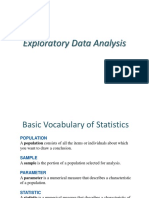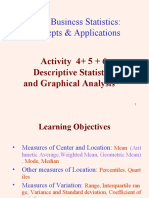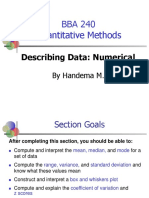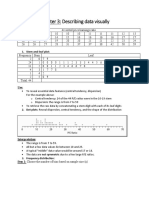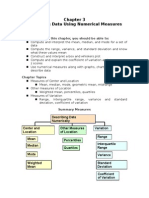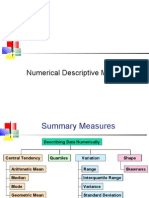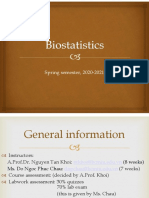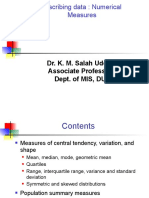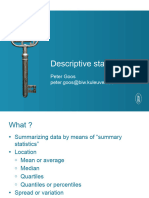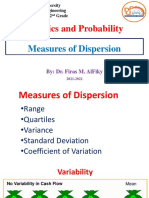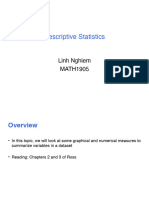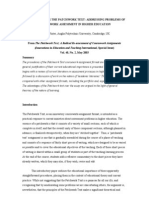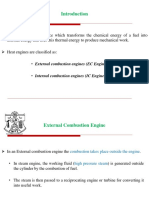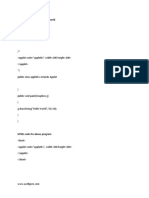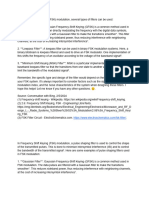0% found this document useful (0 votes)
86 views54 pagesData Analytics Theory
Exploratory data analysis involves formulating a problem, collecting relevant data, visualizing the data, performing statistical calculations to interpret the results. The document discusses exploratory data analysis techniques including descriptive statistics, inferential statistics, data visualization using tables, graphs and charts. It covers concepts such as data types, measures of central tendency, dispersion, outliers, and the use of standardization to compare data.
Uploaded by
Chandra MohanCopyright
© © All Rights Reserved
We take content rights seriously. If you suspect this is your content, claim it here.
Available Formats
Download as PDF, TXT or read online on Scribd
0% found this document useful (0 votes)
86 views54 pagesData Analytics Theory
Exploratory data analysis involves formulating a problem, collecting relevant data, visualizing the data, performing statistical calculations to interpret the results. The document discusses exploratory data analysis techniques including descriptive statistics, inferential statistics, data visualization using tables, graphs and charts. It covers concepts such as data types, measures of central tendency, dispersion, outliers, and the use of standardization to compare data.
Uploaded by
Chandra MohanCopyright
© © All Rights Reserved
We take content rights seriously. If you suspect this is your content, claim it here.
Available Formats
Download as PDF, TXT or read online on Scribd
/ 54
